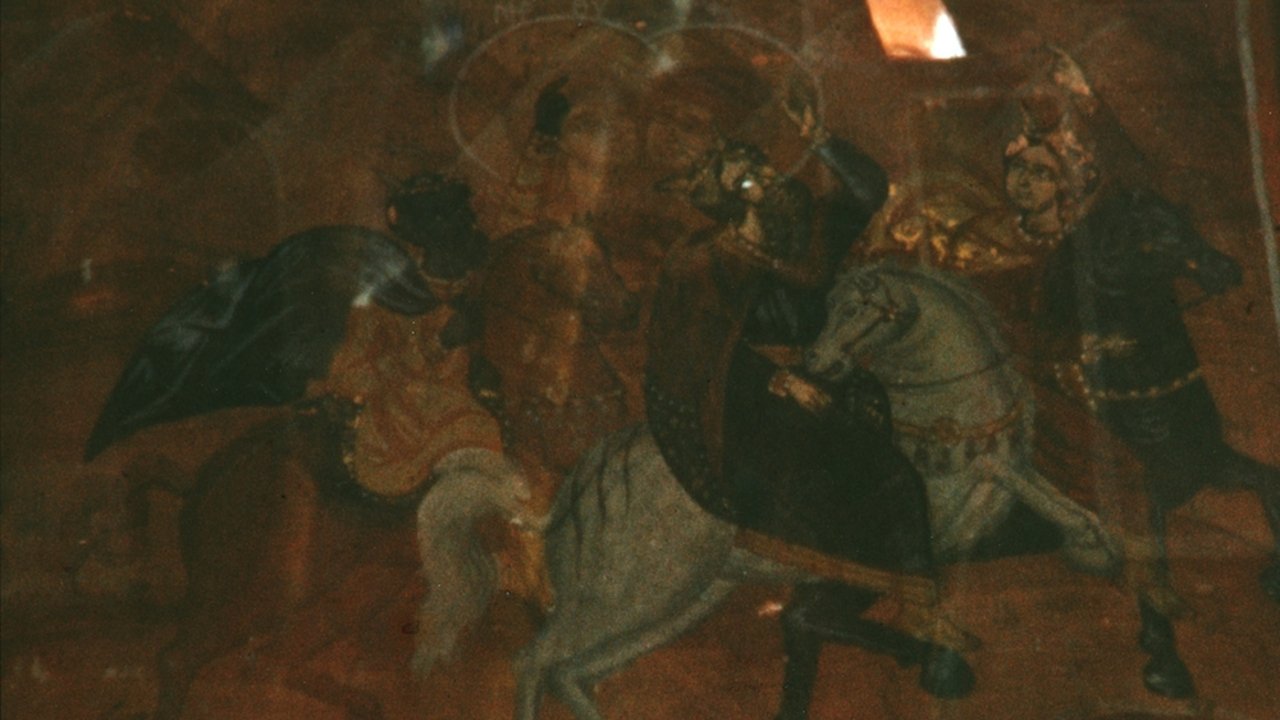
Bliss (1967)
The first film made by Markopoulos after moving to Europe, Bliss was shot over the course of two days using only available light to create a lyrical study of the interior of the Church of St. John on the island of Hydra.

The first film made by Markopoulos after moving to Europe, Bliss was shot over the course of two days using only available light to create a lyrical study of the interior of the Church of St. John on the island of Hydra.
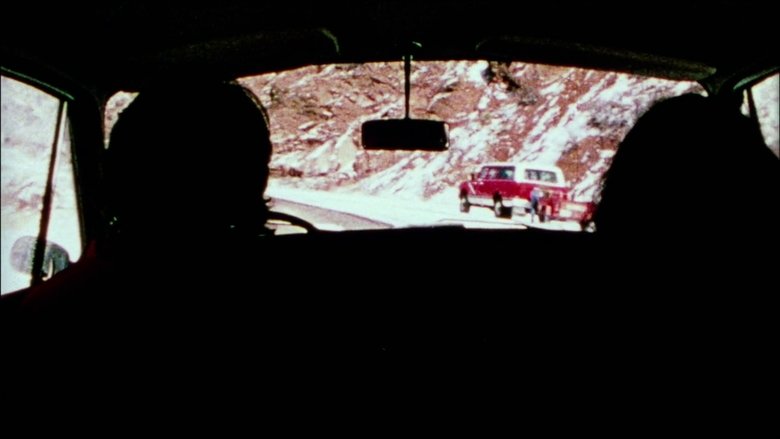
A conceptual bicentennial film dealing with spatial and temporal relationships between two travelers, their car, and the geographic, political, and social changes from NY to Los Angeles.
Dimitra Koutsiabassakos is 88 years old and lives alone in the village of Armatoliko in the Pindos mountain range, on the banks of the ancient river Acheloos, named after the mythical river god who fought Heracles for the favors of a woman and who could take on many forms. Dimitra’s home is located near the place where a great dam is being built and lies right in the middle of the area destined to become a lake after construction is completed. By a strange quirk of fate, the materials used in the construction of the dam are a product of a cement company named “Heracles”, so that it seems that the age-old contest between Acheloos and Heracles continues to the present day! Dimitris, Costas and Petros decide to pay their grandmother a visit and make a documentary.
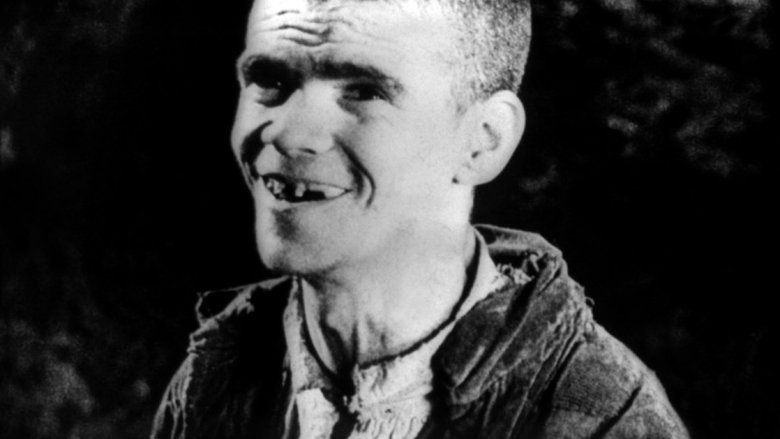
An exploration —manipulated and staged— of life in Las Hurdes, in the province of Cáceres, in Extremadura, Spain, as it was in 1932. Insalubrity, misery and lack of opportunities provoke the emigration of young people and the solitude of those who remain in the desolation of one of the poorest and least developed Spanish regions at that time.
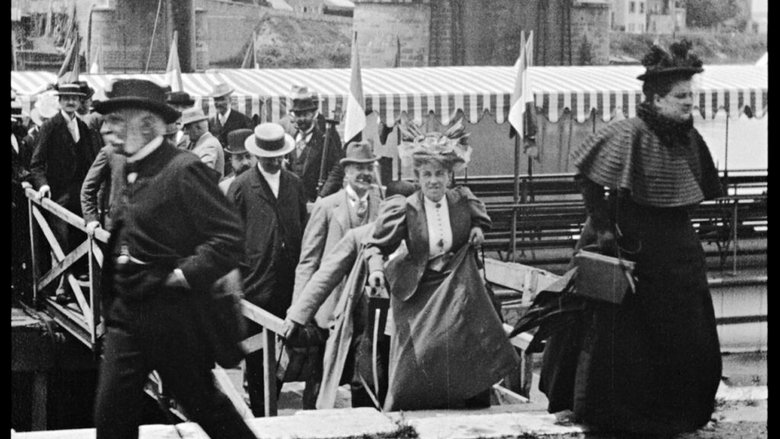
Down the gangway, photographers leave the deck of a riverboat in large numbers.
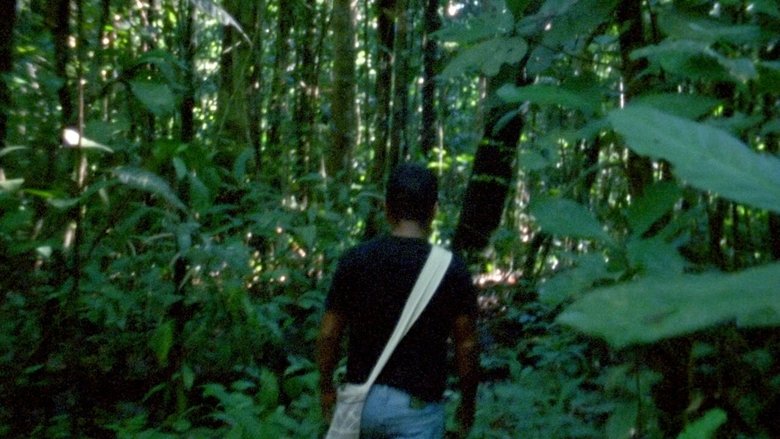
A voyage into the labyrinthic memories of a Uitoto man, who worked for the drug Lords in the Colombian Amazon back in the 80s. Following his path between the forest and the ruin of a Narco´s mansion imitating the Carrington mansion in the soap opera Dynasty, the film unfolds the hallucinatory account of a near-death experience.
It’s the opportunity of a lifetime for artist Phil Richards, who’s been commissioned to create Canada’s official portrait of Her Majesty Queen Elizabeth II for her Diamond Jubilee. Academy Award®-nominated filmmaker Hubert Davis follows Richards over months of painstaking preparations, as he works to capture Her Majesty’s likeness and spirit on canvas.
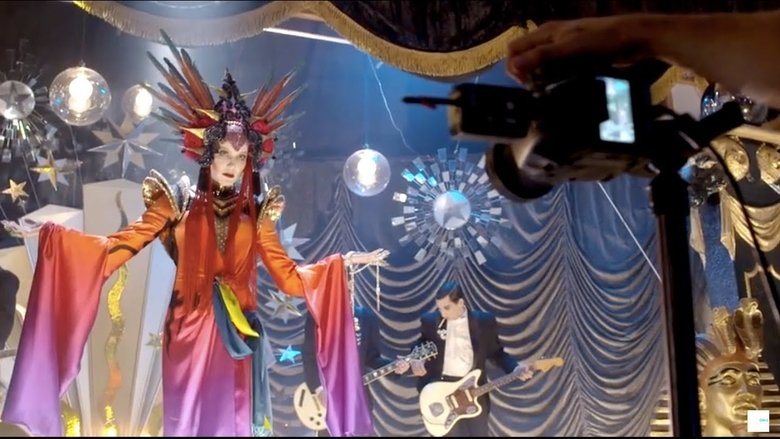
Starting in seventh grade, artist David La Chapelle was so bullied for being gay that he dropped out of school by ninth grade. He moved to New York City, where being gay was accepted. David La Chapelle is an auteur photographer whose work has exhibited in galleries around the world and graced the pages of Vogue, Vanity Fair and Rolling Stone. In this personal short documentary, we are invited to witness a unique artist at work in his studio, while working with celebrated designer Daphne Guinness.
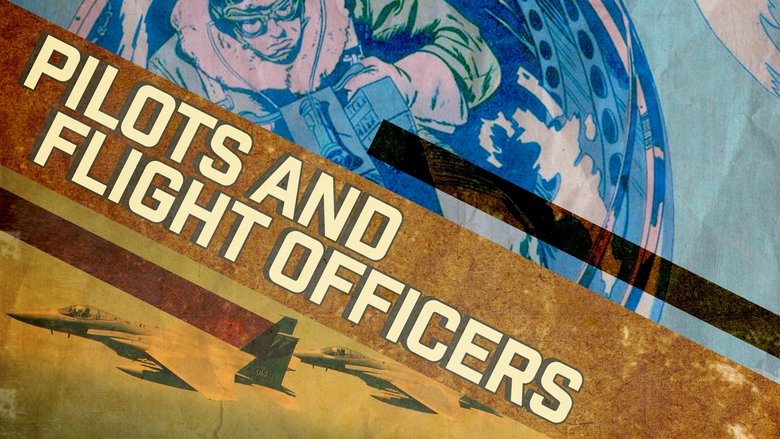
In 1991, John Heroux served in Operation Desert Storm, piloting one of forty F16 Fighter Planes sent in to target large manufacturing facilities deep inside Iraq. Looking back on these missions, John explains that pilots, himself included, felt no pride at causing destruction, but did have pride in serving their country and completing their tasks. This is his story.
This short documentary takes us to St. John's Cathedral Boys' School, at Selkirk, Manitoba, one of the most demanding outdoor schools in North America. As the school can’t accommodate every student wishing to enroll, boys of 13 to 15 years old are put through an initiation tougher than they have ever faced. They paddle canoes through some 500 kilometers of wilderness in 2 weeks, portaging and camping all the way, thereby learning vital outdoor lore, cooperation and self-confidence.
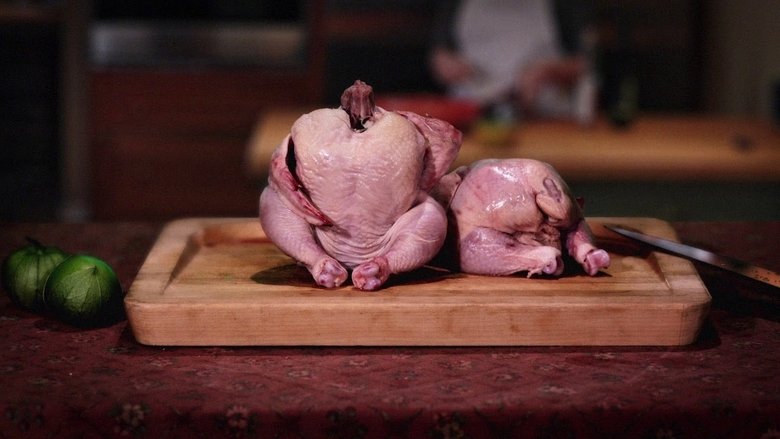
This is an animated documentary about FOOD! I interviewed vegetarian, vegan, pescetarian and meat eater about their opinions about food and life choices. Then I animate real food with stop-motion technique based on the interviews. By putting the conversations in different context, the food speak for themselves.
Photomicrography reveals the unusual structure and behavior of the Venus's flytrap, the trumpet plant, the cobra plant, the common pitcher plant, the sundew plant and the utricularia.
They set off, looking for work in far-off places, but disappeared along the way. Inspired by Shiv Kumar Batalvi’s “birha” poetry, the film traces the longing on both sides: on the part of those who are missing, and those that wait for them to return.
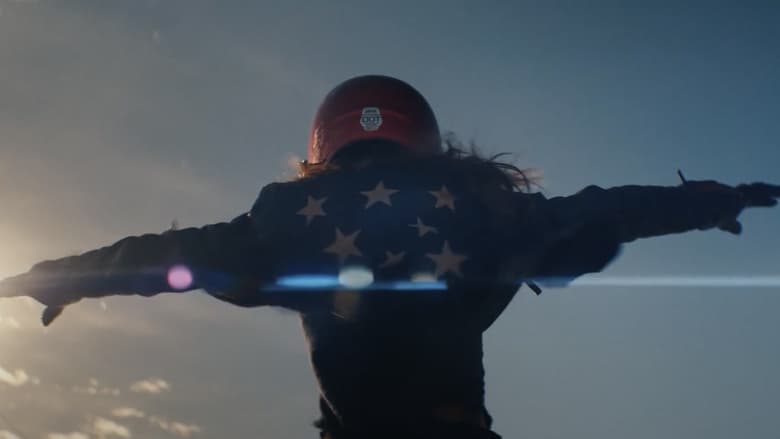
Rae Ripple, a welder from the outskirts of West Texas transforms neglected metal into works of art and in the process finds healing from her traumatic past.
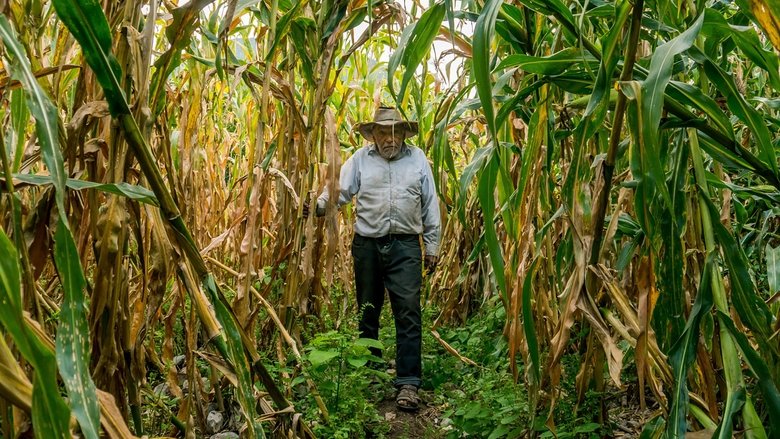
Two farmers are stripped, without warning, of a large part of the land they work.
After the killing of George Floyd, a queer black woman in Los Angeles is determined to capture the spirit of a mass social movement, so she hits the streets, camera in hand.
Photographer Helmut Newton talks about his work.
The life of the French seer and some of his selected quatrains are reviewed.
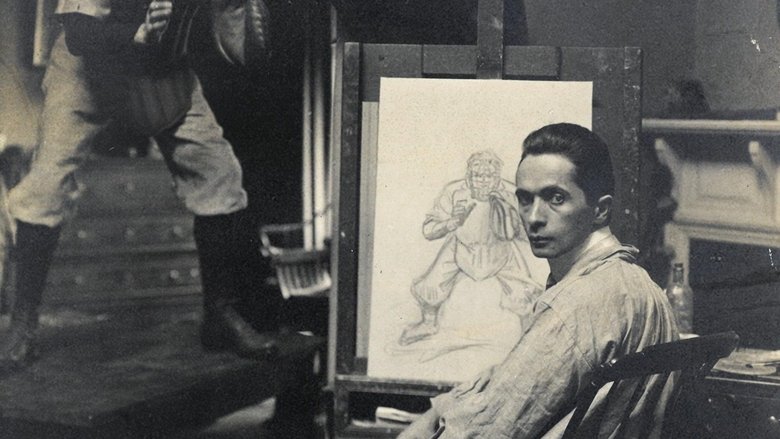
Coded tells the story of illustrator J.C. Leyendecker, whose legacy laid the foundation for today's out-and-proud LGBTQ advertisements.
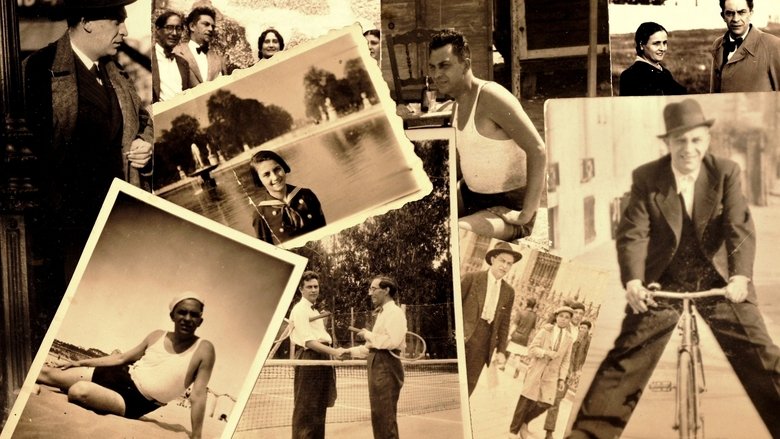
The Spanish journalist Manuel Chaves Nogales (1897-1944) was always there where the news broke out: in the fratricidal Spain of 1936, in Bolshevik Russia, in Fascist Italy, in Nazi Germany, in occupied Paris or in the bombed London of World War II; because his job was to walk, see and tell stories, and thus fight against tyrants, at a time when it was necessary to take sides in order not to be left alone; but he, a man of integrity to the bitter end, never did so.